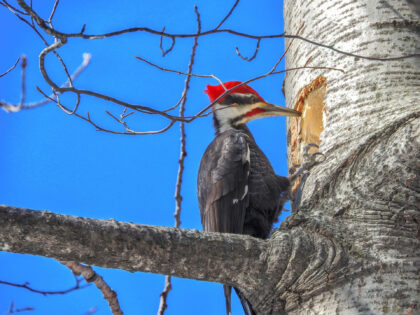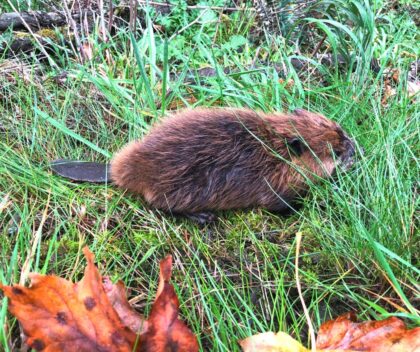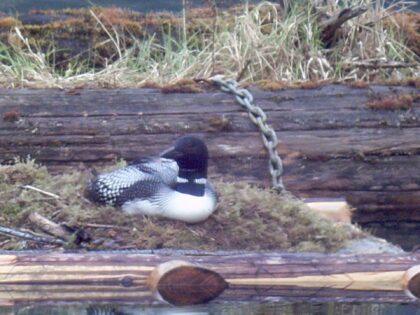We are committed to being stewards of the region’s beautiful natural resources, and a leader in the preservation, protection, and restoration of those resources while maintaining delivery of services. Tacoma Water and Tacoma Power provide you with clean, reliable water and electricity while preserving and enhancing wildlife habitat. With Tacoma Water’s Green River Watershed covering nearly 150,000 acres of forest land, and 20,000 acres around Tacoma Power’s four hydropower projects, there are many animals who are part of the Tacoma Public Utilities story.
Here are a few we’d like you to meet:

Elk can be spotted in the lands around many of our hydropower projects. Enhancement of the land includes hundreds of acres of high-quality forage fields for the elk. You may spot some in the distance when exploring the 20-mile-long Peterman Hill Trail at the Cowlitz River Project or taking advantage of the recreation opportunities at the Cushman Hydro Project. One of the ways Tacoma Power monitors elk is by using motion-detecting infrared cameras, but sometimes other critters are also ready for their close-up.

These lands are home to a wide variety of birds like the Pileated Woodpecker. Tacoma Power creates snags that provide homes for these cavity-dwelling woodpeckers. Tacoma Power teams at the Nisqually River Project manage 40 nesting boxes for wood ducks along the Alder Lake shoreline and downstream along the Nisqually River. We install visual markers on the power transmission lines to help birds avoid them and provide no-wake zones on Alder Lake to protect waterfowl, eagles, and osprey.

Many beavers make their home along the river and in the streams and lakes of the Upper Green River watershed, where Tacoma Water sources our drinking water. Beavers can have both a positive and negative impact on our watershed. Their dams create habitat for many other species, but they sometimes build dams that block culverts, causing roads to flood. Fortunately, we have safe ways of limiting this behavior and encouraging the beavers to roam in this abundant habitat.

The upper Green River Watershed is home to the southernmost breeding pair of common loons on the West Coast. For more than a decade, the same female loon has returned to the Eagle Gorge Reservoir to lay her eggs. Loons have disappeared from much of their historical nesting habitat due to human disturbances on lakes and climate change affecting their breeding habitat, making the reservoir especially valuable. More than a decade ago, a floating nest site was created and launched on the reservoir, and since then it has been the birthplace of numerous loon chicks over the years. This ideal habitat offers them plenty of fish to eat and an undisturbed place to raise their chicks in a protected environment.
These are just a few of the many species who live on these lands. You can follow us on Facebook, Twitter and Instagram to see more! If you want to learn more about our environmental stewardship and fish and wildlife programs, you can click here.

